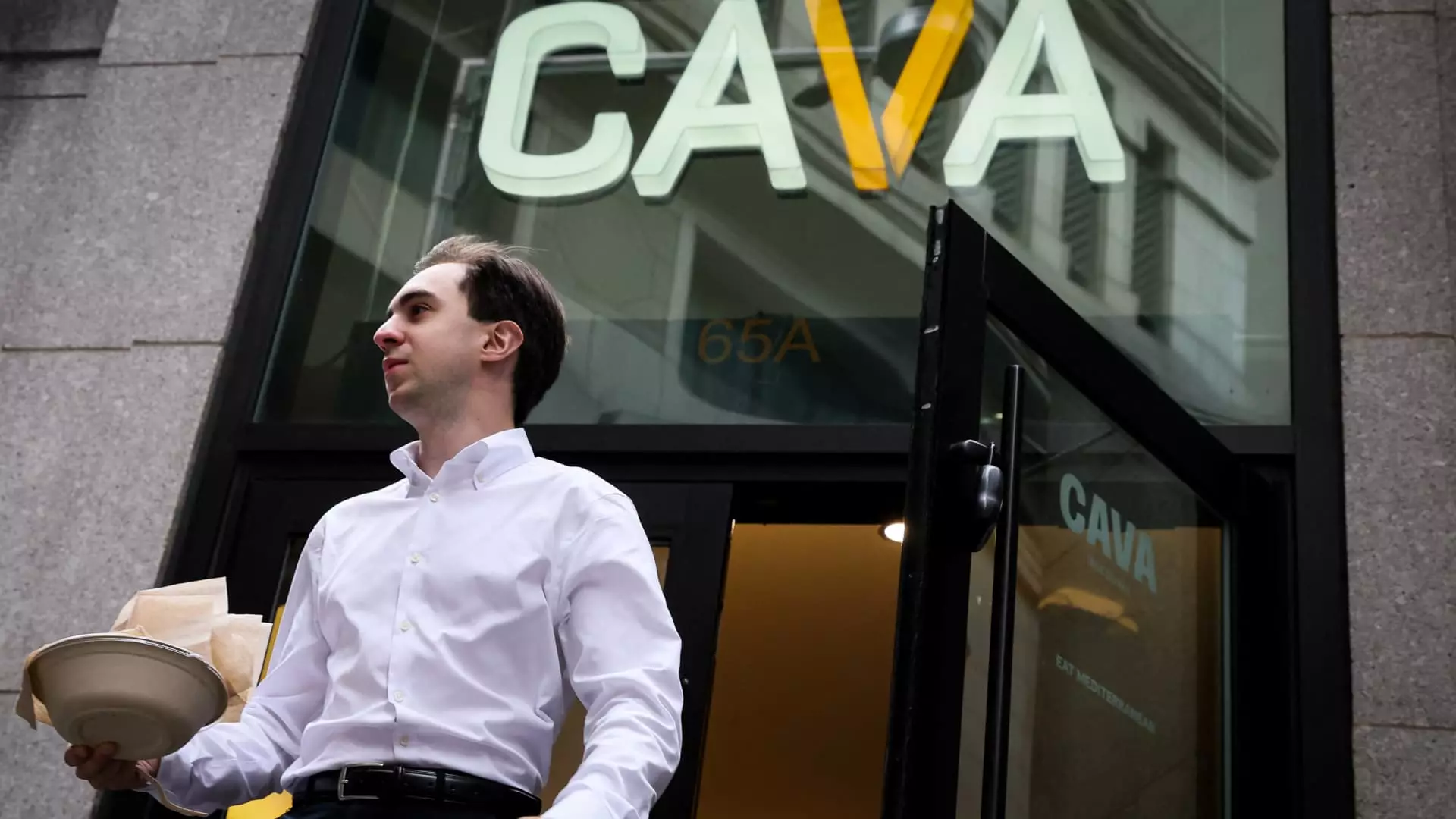As economic uncertainties cast a pall over consumer spending habits, the restaurant industry finds itself at a critical crossroads. Traditional foot traffic and customer loyalty are waning, forcing brands to rethink their engagement strategies. At the forefront of this adaptation are loyalty programs, which have shifted from optional perks to essential tools for survival. For a sector grappling with slowing sales and reduced visits, these incentives are more than mere marketing gimmicks—they are the backbone of sustained revenue and brand relevance.
Loyalty initiatives, by rewarding repeat business, serve as a psychological anchor for consumers who are now more cautious with their discretionary spending. This shift underscores a fundamental truth: in an era where consumers scrutinize every dollar, offering genuine value and personalized rewards is no longer optional; it is imperative. Fast-casual brands, from Chipotle to Cava, are leveraging these programs to build lasting customer bonds that go beyond single transactions. They are crafting a loyalty ecosystem—one that not only incentivizes return visits but ingrains the brand into daily routines, making competing offers less attractive and loyalty more durable.
From Marginal Extras to Critical Revenue Drivers
Historically, loyalty programs were perceived as a bonus, a way to sweeten the deal for infrequent diners. Today, they are central to the operational strategy of many chains. For instance, Starbucks reports over 34 million active rewards members, with more than half of their transactions stemming from these loyal customers. The revenue generated from such members validates the strategy, illustrating that engaged customers tend to spend more—and more frequently.
Even smaller and mid-tier brands recognize this paradigm shift. Potbelly, for example, attributes significant sales boosts to its digital rewards system, which now accounts for over 42% of total sales in some instances. These figures reveal a crucial insight: loyalty programs, when executed effectively, not only bolster sales but also mitigate the impact of declining traffic by encouraging habitual behavior. They become a shield against the erratic fluctuations of consumer interest, especially during economic downturns that prompt consumers to cut back on discretionary spending.
Yet, it’s not enough to simply incentivize; the key lies in innovation. Cava’s revamped rewards facilitate more flexible earning and redemption options, with members earning points towards specific items and limited-time offers. This approach encourages ongoing engagement and transforms occasional customers into habitual patrons.
Innovation and Personalization: The Keys to Staying Ahead
As competition intensifies and consumer expectations evolve, restaurants are moving past the basic “discount” approach. They are employing creative, personalized reward structures that deliver tangible value. Cava’s new tiered program, for example, leverages seasonal and thematic perks to foster excitement and a sense of belonging.
This trend suggests that loyalty programs are no longer static; they are dynamic platforms that need continuous refreshment. Brands like Sweetgreen are intentionally redesigning their systems to remove complexity, focusing on straightforward value propositions that align with consumers’ desire for transparency and simplicity. Likewise, traditional giants such as Starbucks are making cautious adjustments—altering earning mechanics, removing less popular bonuses, and doubling stars on full purchases—to maintain participation without eroding profitability.
The element of surprise and delight also plays a crucial role. The playful push of National Pita Day via Cava’s promotion or Chipotle’s summer campaign incentivizes additional visits and social sharing, establishing a viral component to engagement. This method is especially effective in fostering a community feeling—an intangible but powerful aspect of brand loyalty that can outlast economic fluctuations.
Risks and Reckonings: When Loyalty Borders on Sacrifice
While loyalty programs have proved invaluable, they come with risks. Offering free items or discounts cuts into margins, and poorly structured initiatives risk diminishing overall profitability—a precarious proposition for an industry characterized by tight margins. Restaurants must balance short-term promotional gains against long-term financial sustainability.
Furthermore, frequent changes to reward mechanics can alienate loyalists. Starbucks’ removal of its reusable cup bonus, replaced by a broader double-star offer, was met with skepticism. Despite steady participation, such adjustments can be perceived as slighting dedicated customers, risking erosion of trust. For smaller brands, over-reliance on promotions might lead to a “discount fatigue” that diminishes perceived value.
Innovators are aware of these pitfalls. The best programs are carefully calibrated to maximize engagement without encouraging overuse or devaluation of the brand. Potbelly’s coin-based system exemplifies this balance—speeding rewards redemption while maintaining an element of exclusivity and control. Portillo’s digital wallet approach emphasizes flexibility and ease without demanding an overhaul, respecting customer preferences while keeping the program accessible.
Strategic Implications for the Future
In a landscape marked by economic volatility, loyalty programs are no longer optional—they are strategic assets that can determine a brand’s longevity. Companies that understand how to craft meaningful, innovative, and balanced reward schemes will have a competitive edge. They will turn hesitant consumers into habitual patrons, safeguarding revenue streams against unpredictable market forces.
Yet, the broader lesson is about understanding customer psychology and genuine value. The most successful brands won’t just toss discounts into the mix; they will embed personalization, surprise elements, and community engagement into their loyalty efforts. In the end, well-designed programs can foster a sense of belonging and appreciation that transcends economic fluctuations—a crucial advantage in an uncertain future.

